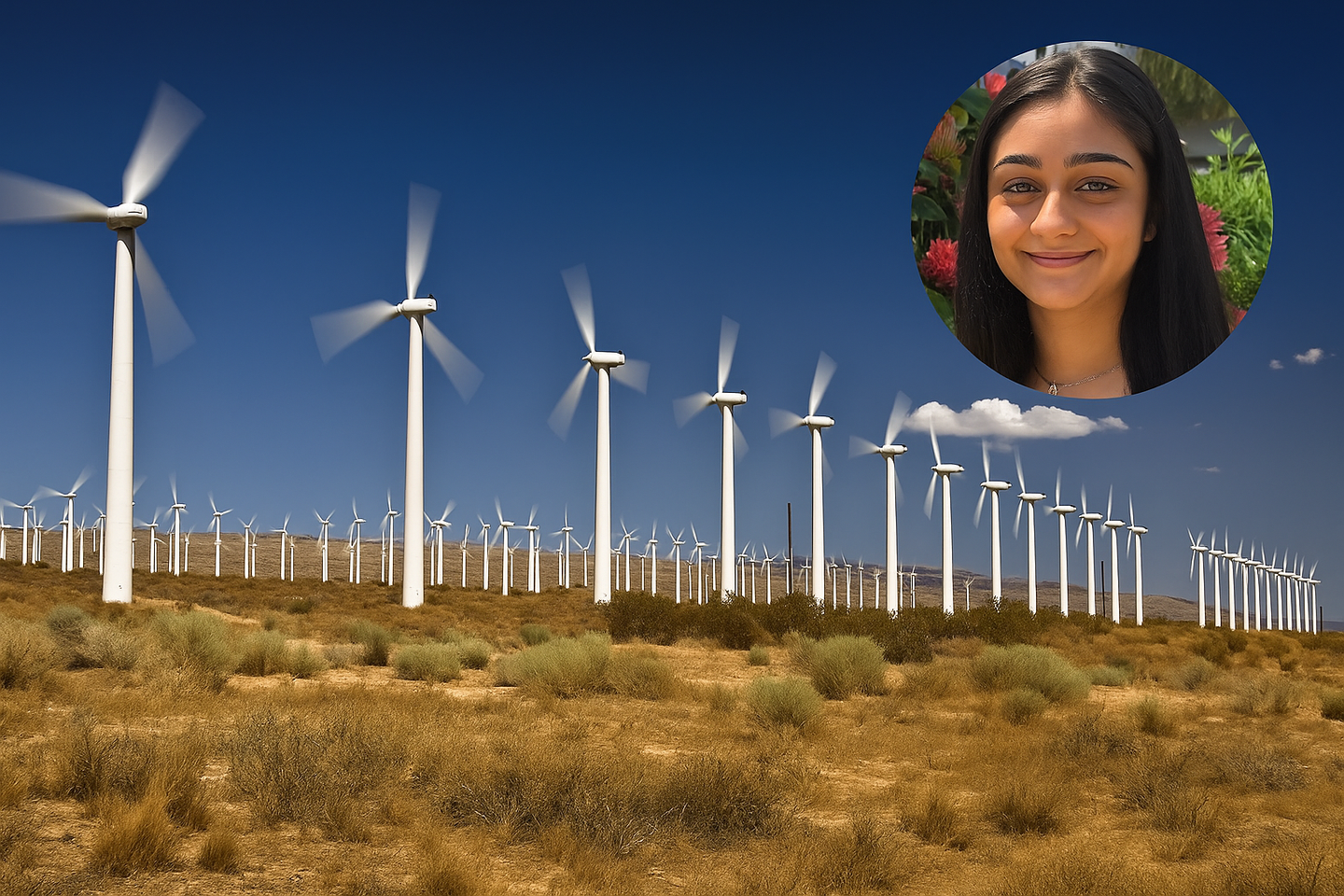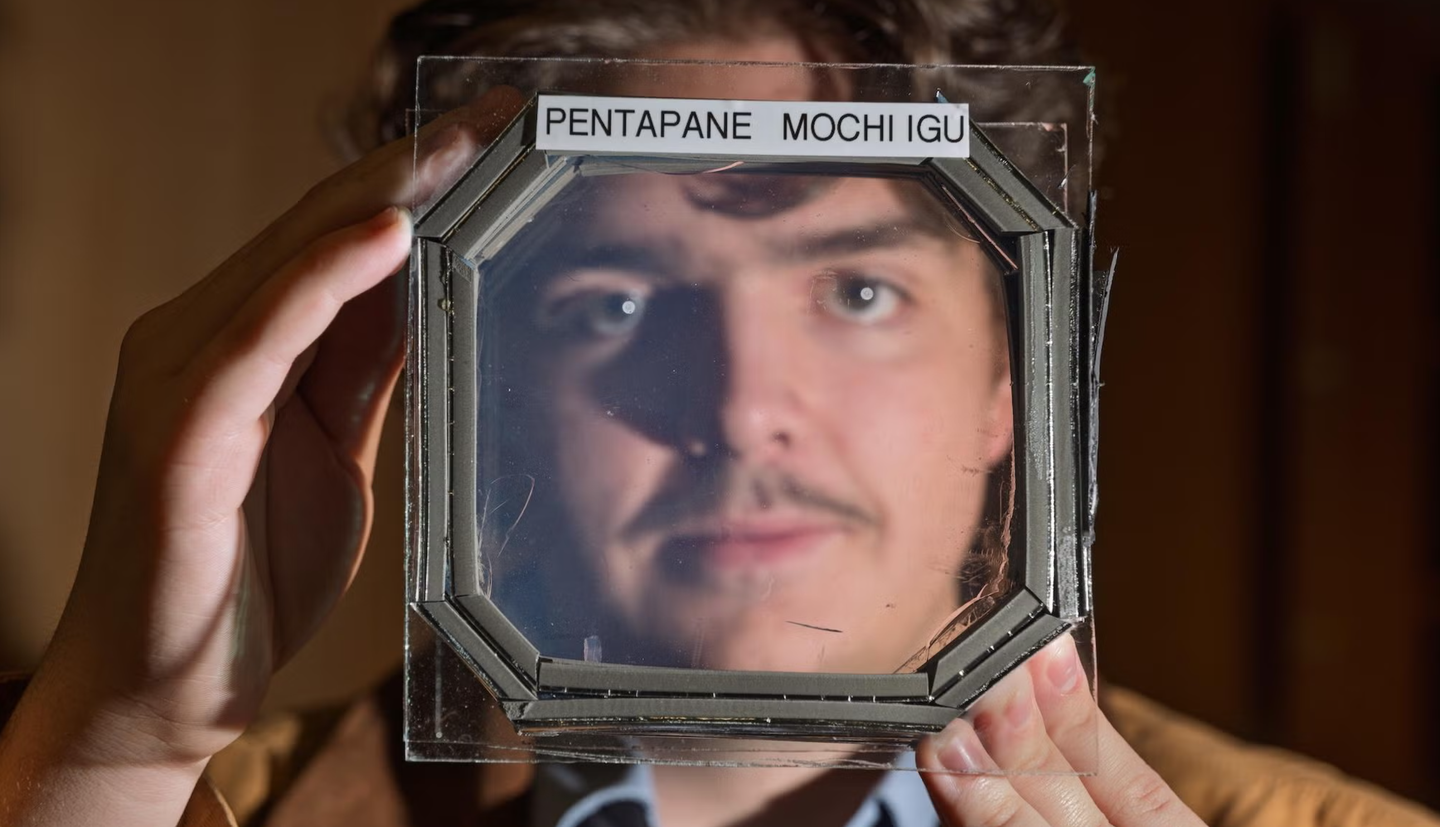Penn State student cracks 100-year-old math problem transforming wind turbine design
Penn State student solved gaps in a century-old wind turbine model, offering a smarter design tool for renewable energy engineers.

A student’s refined model of Glauert’s turbine theory boosts efficiency and reveals new paths in wind energy design. (CREDIT: The Brighter Side of News)
A new approach to a 100-year-old math problem is reshaping how engineers understand wind turbines. Penn State engineering student Divya Tyagi developed a cleaner and more complete solution to a classic aerodynamic challenge. Her work, based on calculus of variations, fills key gaps in a model that’s long shaped wind energy theory.
British aerodynamicist Hermann Glauert’s original 1935 model helped determine how much power a wind turbine could theoretically produce. But while the equation gave an upper limit to power, it left out crucial forces that turbines face every day—like the strong wind pushing against the blades and the pressure that causes them to bend. Tyagi’s work solves this shortfall, making it easier to design turbines that are not only efficient but also strong enough to withstand these forces over time.
Reworking the Foundation of Wind Energy Design
Glauert’s theory extended earlier work on rotor performance by Betz, Lanchester, and others, who imagined turbines as simple, infinitely bladed disks. These early ideas assumed energy for wake rotation came directly from the wind, with steady pressure across the rotor. That model worked well for the time, but it skipped over the complex interactions between wind forces and turbine blades.
Over the years, researchers pointed out the model’s missing parts. Goldstein, de Vries, and Sharpe raised concerns about static pressure loss, centrifugal forces, and how those affect real-world turbines. Still, no one had produced a full mathematical solution for the thrust and bending moment coefficients—until now.
Tyagi’s breakthrough came by applying calculus of variations, a tool often used to solve complex optimization problems. Her refined method builds on Glauert’s model but goes further. It calculates exact values for both the force pushing on the rotor (thrust) and the torque that causes blades to twist (bending moment). These new integrals work across the full range of tip speed ratios—how fast blade tips move compared to wind speed—which is vital for modern turbine design.
From Undergraduate Thesis to Industry-Relevant Innovation
Tyagi’s journey began during her time as an undergraduate at Penn State’s Schreyer Honors College. Her thesis became the basis of a paper later published in Wind Energy Science. “I created an addendum to Glauert’s problem which determines the optimal aerodynamic performance of a wind turbine by solving for the ideal flow conditions,” she explained.
Related Stories
- MIT engineers’ revolutionize the design and operation of wind farms
- Wind Trees silently generate electricity from gentle breezes
- Gigantic offshore wind farm could power over a million homes
Her adviser, Professor Sven Schmitz, who co-authored the study, praised the achievement. “Glauert’s original work focused only on the power coefficient. But turbines also have to survive physical loads, like wind pressure pushing against the blades,” he said. “Tyagi’s method accounts for these forces and gives us a clearer picture of total aerodynamic performance.”
Schmitz, who teaches aerospace engineering and is part of Penn State’s Institute of Energy and the Environment, added, “Her elegant solution will find its way into classrooms across the country and around the world.”
The simplicity of Tyagi’s method also sets it apart. Her solution reduces complex ideas into a clean, easy-to-use framework. That makes it a powerful tool not just for scientists but for practicing engineers building the next generation of renewable energy systems.
Practical Payoff in Energy Output and Cost
Even small gains in turbine performance can create large benefits when scaled. “Improving the power coefficient of a large wind turbine by just 1% has significant impacts on the energy production of a turbine,” Tyagi said. “That translates towards the other coefficients that we derived relations for.”
She explained that a 1% increase in power conversion could be enough to power an entire neighborhood. In an industry where every extra watt matters, this kind of improvement could reshape wind farm economics.
Her work also offers stronger design guidance for turbine durability. By including thrust and bending moment in the performance model, engineers can build machines that not only produce more power but last longer. These insights could lead to lighter, cheaper, and more reliable turbines—bringing down the overall cost of clean energy.
Schmitz emphasized this impact. “The real benefit will come with the next generation of wind turbines using this new knowledge,” he said.
Recognition and New Frontiers
Tyagi’s thesis earned her the Anthony E. Wolk Award, given to the best undergraduate aerospace research project at Penn State. “Her work is truly impressive,” said Schmitz. “I’ve studied Glauert’s problem for decades. There had to be an easier way to do it. That’s when Divya came in. She was the fourth student I challenged with it, and the only one who took it on.”
Tyagi’s persistence paid off. She recalled the effort it took to complete her paper. “I would spend about 10 to 15 hours a week between the problem, writing the thesis and on research,” she said. “It took a long time because it was so math intensive. But I feel really proud now, seeing all the work I’ve done.”
Now pursuing her master’s degree, Tyagi has moved on to another aerodynamic challenge. She’s researching airflow around helicopter rotors and how that flow changes when a helicopter tries to land on a ship. The U.S. Navy supports her work, which uses computational fluid dynamics to make flight safer and more precise. “The goal is to integrate that with the complex flow around a ship to see how the ship airwake interacts with a helicopter trying to land on its deck,” she said.
Closing the Loop on a Century of Theory
Glauert’s rotor disk theory has long defined the boundaries of what turbines could do. But even as it approached the so-called Betz limit—a theoretical maximum for power output—it fell short of describing how turbines handle real-world forces.
Tyagi’s work adds the missing pieces. Her updated model recovers Glauert’s ideal conditions for axial and angular induction, then pushes further. It gives exact mathematical expressions for thrust and bending moments, showing how turbines behave under pressure at both high and low tip speed ratios.
This contribution not only strengthens our understanding of turbine aerodynamics but also brings engineering tools in line with the demands of modern renewable energy. It may have started as a thesis, but its influence is likely to spread much further—into classrooms, research labs, and wind farms around the globe.
Note: The article above provided above by The Brighter Side of News.
Like these kind of feel good stories? Get The Brighter Side of News' newsletter.



